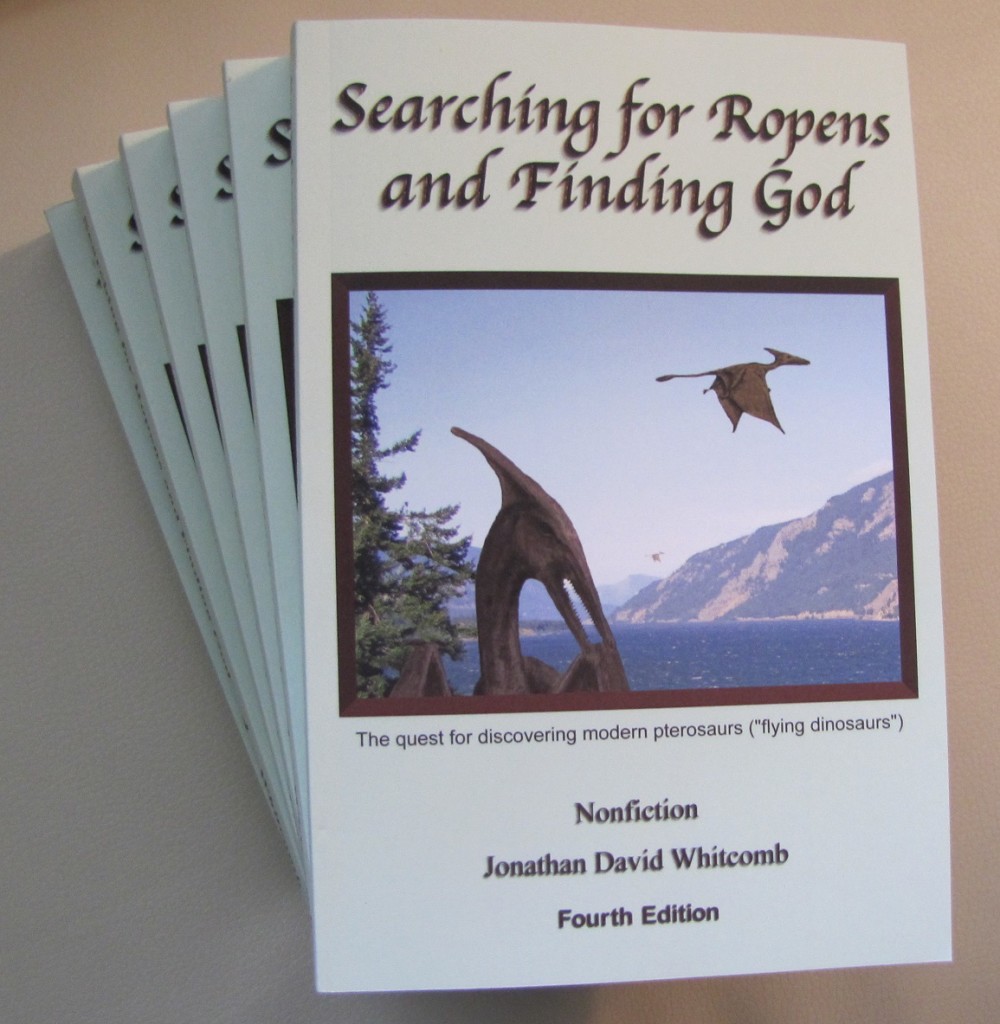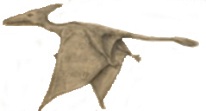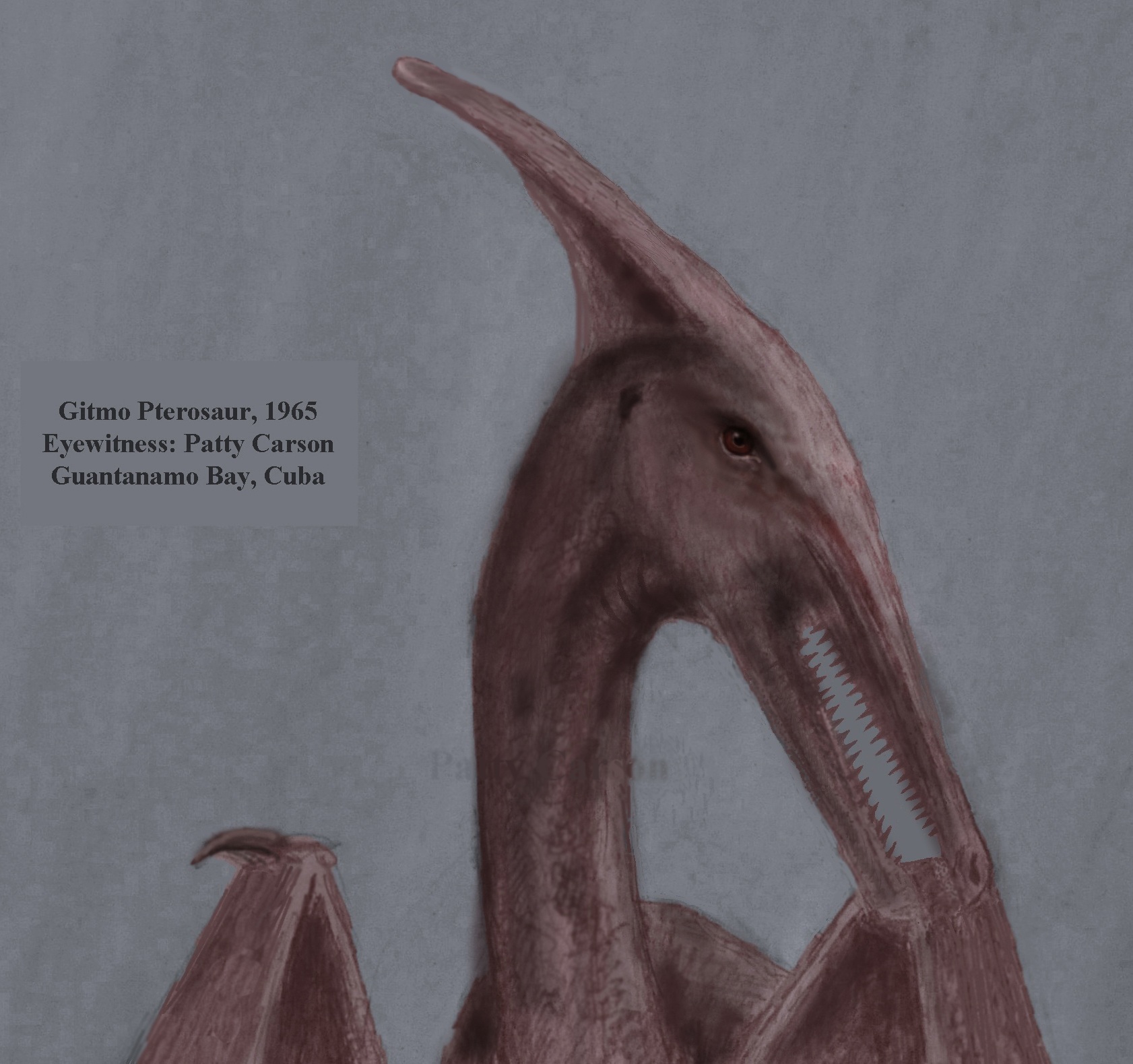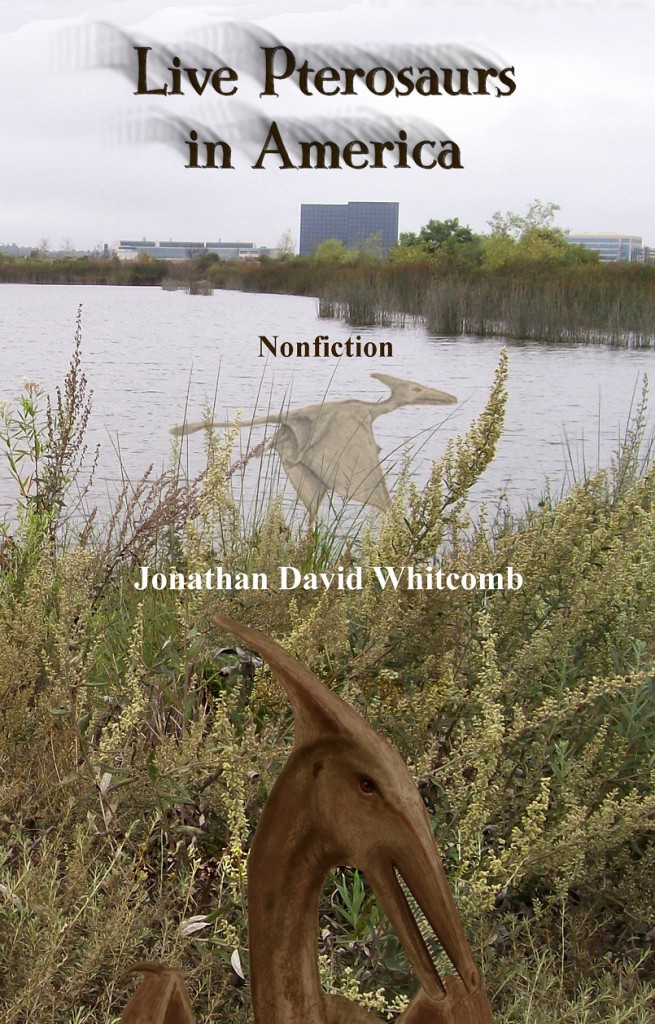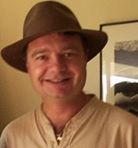On Saturday, April 18, 2015, two American explorers returned from Papua New Guinea, after searching for living pterosaurs on a tropical island where the creatures were previously reported. At last, after eleven expeditions in 21 years, we have a ground-breaking success: Both Americans saw, in daylight, a huge apparent living pterosaur.

Typical village huts in Papua New Guinea
Seek and ye Shall Find . . . Modern Pterosaurs
The following are expeditions in which at least one American has traveled to Papua New Guinea to search for modern pterosaurs or at least to interview native eyewitnesses of those flying creatures or to make a television show with an apparently similar purpose:
- 1994 – led by Carl Baugh and James Blume (with Paul Nation)
- 1996 – led by Carl Baugh and James Blume
- 2001 – led by an anonymous American explorer
- 2002 – led by Paul Nation (with Nathanael Nation)
- 2004 – led by Jonathan Whitcomb (with Luke Paina and Mark Kau)
- 2004 – led by David Woetzel and Garth Guessman (with Jacob Kepas)
- 2006 – led by Paul Nation and Jacob Kepas (assisted by James Blume)
- 2007 – led by Paul Nation (probably again helped by James Blume)
- 2007 – Destination Truth (TV show) expedition led by Joshua Gates
- 2009 – Monsterquest (TV show) expedition, with Garth Guessman
- 2015 – led by two Americans (details to be revealed)
Only on the recent expedition in early 2015 did an American observe the form and features of a probable pterosaur flying overhead (#11). In fact, two Americans saw the creature in daylight. It’s been a long 21 years.
That’s not to say all ten of the previous expeditions in Papua New Guinea were failures, with no sighting at all of any living pterosaur. In #7, Paul Nation saw and videotaped flying lights that a physicist later found to be anything but common, and two natives observed, in daylight, what appeared to be a huge winged creature sleeping on a cliff. On at least seven of those ten previous expeditions strange flying lights were observed (#2, #5, #6, #7, #8, #9, #10), lights which investigators believe are bioluminescent pterosaurs. In addition, hardly any of those ten previous expeditions failed to obtain an interview with one or more eyewitnesses of an apparent pterosaur or at least a flying light.
Early-2015 Expedition in Papua New Guinea
One of the two American explorers has allowed his name to be used in publications about this expedition: Milt Marcy of Portland, Oregon. He had previously been on an expedition in Africa, searching for a sauropod dinosaur. A third American was involved in the recent expedition in Papua New Guinea, but he had to return to the United States earlier than the other two.
Marcy I interviewed by phone, on April 21, 2015, and he frankly told me that he could not be 100% certain that the large flying creature he observed was a pterosaur. He did agree with my assessment that it was more than 50% likely to have been a pterosaur.
The other American (who will probably soon give permission for his name to be revealed) gave me no indication of any doubt. When he responded to Marcy’s yell, the other eyewitness looked up and saw a huge flying creature with leathery wings. It was not flapping like a Flying Fox fruit bat but was gliding or soaring.
###
.
Pterosaurs in Papua New Guinea
Pterosaurs Still Living is here to document, then analyze, eyewitness accounts of living pterosaurs or pterosaur-like creatures and to support expeditions and investigations to obtain relevant evidence.
. . . a large creature flew up into the air. The men soon realized that it was no bird that started to circle the clearing. It had a tail “at least ten to fifteen feet long”
Pterosaur Sighting by Scott Norman
The animal I saw had an 8-10 foot wing span, the wings were bat-like in shape, the inside had that wavy type of look. The body was about 5-6 feet in length, the neck about 1-2 feet in length, the head was about four feet in length . . .
I led the first of the two pterosaur expeditions on Umboi Island in 2004, but I would like to comment first on the second expedition: the Woetzel-Guessman exploration of that tropical island in Papua New Guinea.
.
************************************************************************************
Ad:
Searching for Ropens and Finding God – “The Bible of modern pterosaurs”
From an Amazon reader comment:
This is a fascinating chronological and eyewitness account of finding “Ropens” (pterosaurs), written by Jonathan D. Whitcomb, who has spent many years with his associates (Garth Guessman and David Woetzel) to track down these creatures. The “ropen” is a flying prehistoric reptile such as the pterosaurs, such as the Pteranodon or the Rhamphorhyncus. Whitcomb tracks down sightings of these creatures in places like Umboi Island, Australia, Papua New Guinea, Europe, Cuba, Mexico and even in the U.S. . . .
If you’re interested in cryptozoology and wonder if dinosaurs and prehistoric creatures exist today, this is an excellent book for you to read. I found it to be a fascinating read.
.



